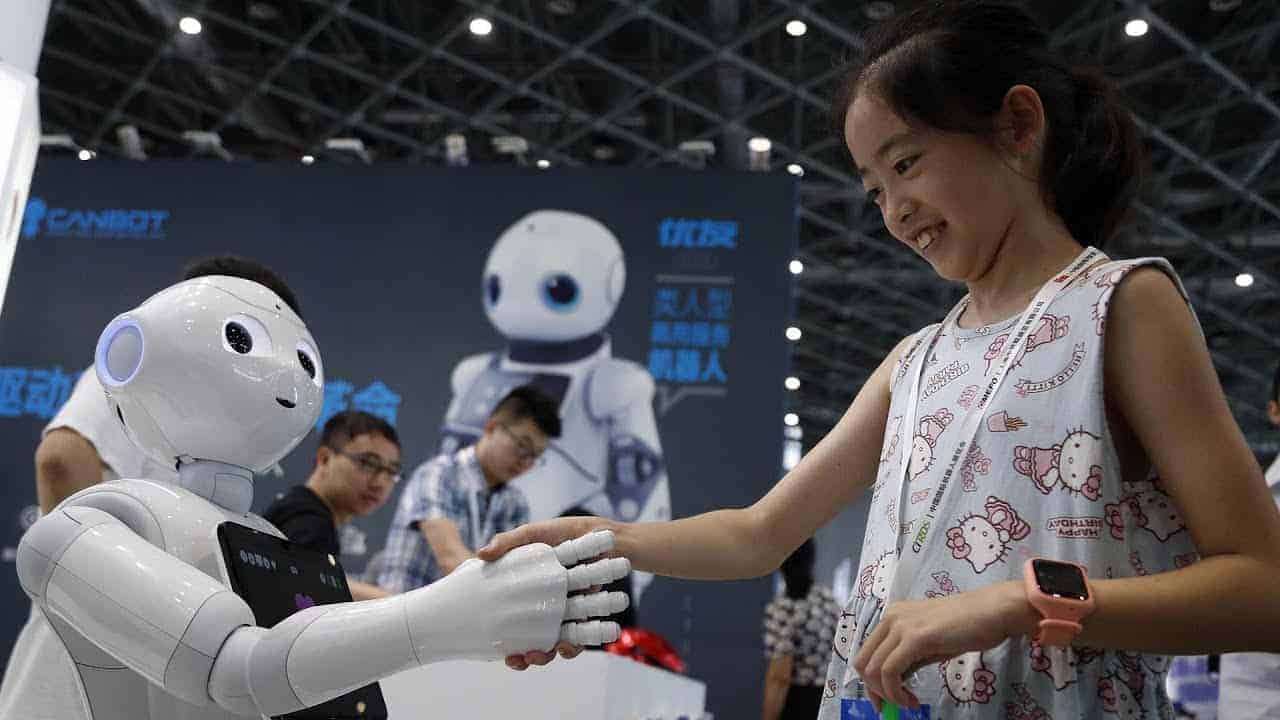Researchers at the USC Viterbi Institute for Information Sciences are developing an algorithm that teaches machines to learn without human supervision.
“Machine learning in general is the science of teaching machines to behave like humans,” said researcher Mohammad Rostami of the USC Viterbi Institute for Information Sciences (ISI). Teaching machines to learn without any human supervision is the subject of his latest paper, “Avercoming Concept Change in Domain-Aware Settings using Consolidated Internal Distributions,” which he presented at the 37th AAAI Artificial Intelligence Conference in Washington, DC. February. 7-14, 2023.
Rostami explained how machine learning is typically done: “We collect data that has been annotated by humans, and then, given that data, we teach the machine how to behave like a human. The problem we face is that the knowledge the machine acquires is limited to the dataset used to train it.” Also, the dataset used for training is usually not available after the training process is completed. Did you take a challenge? If a machine receives enough different input from the data it was trained on, the machine will become confused and not act like a human.
Rostami gave an example: “There are many categories of dogs, different types of dogs are not very similar visually, and diversity is important. If you train a machine to classify dogs, its knowledge is limited to the examples you used to train it. If you have a new category of dogs that are not part of the training examples, the machine won’t be able to learn that this is a new breed of dog.”
Interestingly, humans are better at this than machines. When people are given something to categorize, if they are given just a few examples in a new category (i.e. a new breed of dog), they will adapt and learn what the new category is. “A six-year-old can learn a new category using two, three, or four examples, unlike most current machine learning methods that require at least a few hundred examples to learn that new category,” Rostami said.
Classification in terms of concept change
It’s often not about learning entirely new categories, but the ability to adapt to changes in existing categories. If a machine learns a category during training and then undergoes some changes over time (i.e. adds a new subcategory), Rostami hopes that through his research the machine will be able to learn or expand the concept of what that category is (i.e. a new subcategory).
Changing the nature of a category is what is known as ‘conceptual change’. The idea of what a category is changes over time. Rostami gave another real example: the spam folder. He explained: “Your email service has a model for classifying your inbox as legitimate or spam. It’s trained to detect spam using certain functions. For example, if an email isn’t personally sent to you, it’s more likely to be spam.”
Unfortunately, spammers are aware of these patterns and are constantly adding new features to fool the patterns and prevent their email from being classified as spam. Rostami continued, “this means that the definition of ‘spam’ has changed over time. This definition is time dependent. The concept is the same – you have the concept of “spam”, but the definition and details of the concept change over time. . It’s a concept change.”
A new training method
In his article, Rostami developed a method for training a machine learning model to solve these problems. Since the original training data are not always available, Rostami’s method is not based on these data. Co-author and ISI Principal Scientist Aram Galstyan says, “The model learns the distribution of old data in the hidden space and then learns a representation of the old data to generate a hidden representation, almost like creating a synthetic dataset.”
This allows the model to retain what was learned in the initial training phase and adapt and learn new categories and subcategories over time. It also means, more importantly, that he won’t forget the original training data or what he learned from it. This is the main problem of machine learning. Halstyan explained: “When you train a new model, it may forget some previously useful patterns. This is known as destructive forgetfulness,” Galstyan said. With the approach developed in this paper, Galstyan says, “catastrophic forgetting is handled indirectly because we bring a correspondence between the old data distribution and the new one. So our model will not forget the past.”
What’s next?
Rostami and Galstyan are happy with the results, especially since they do not rely on the availability of raw data. “I was very surprised to see the model compare favorably with most of the state-of-the-art baselines available,” Galstyan said. Rostami and Galstyan plan to continue working on this concept and apply the proposed method to real-world problems.
Source: Port Altele
